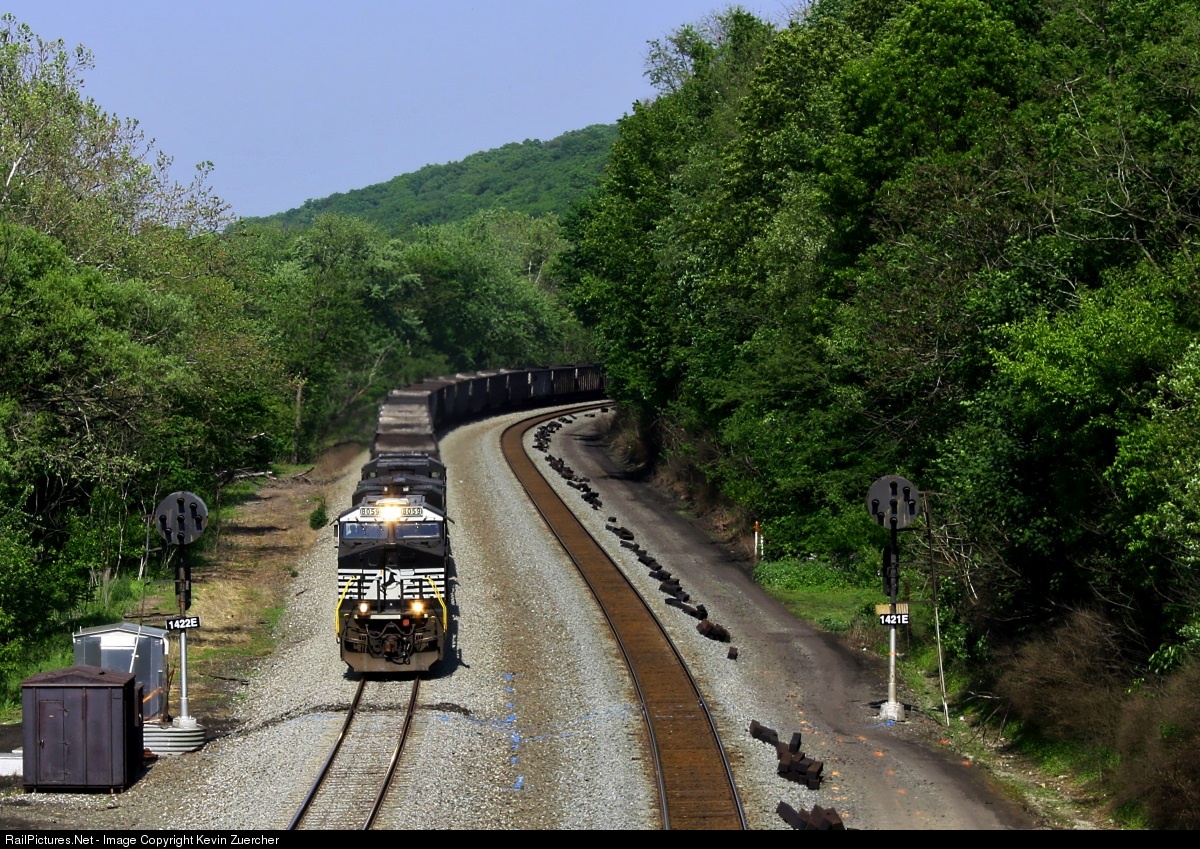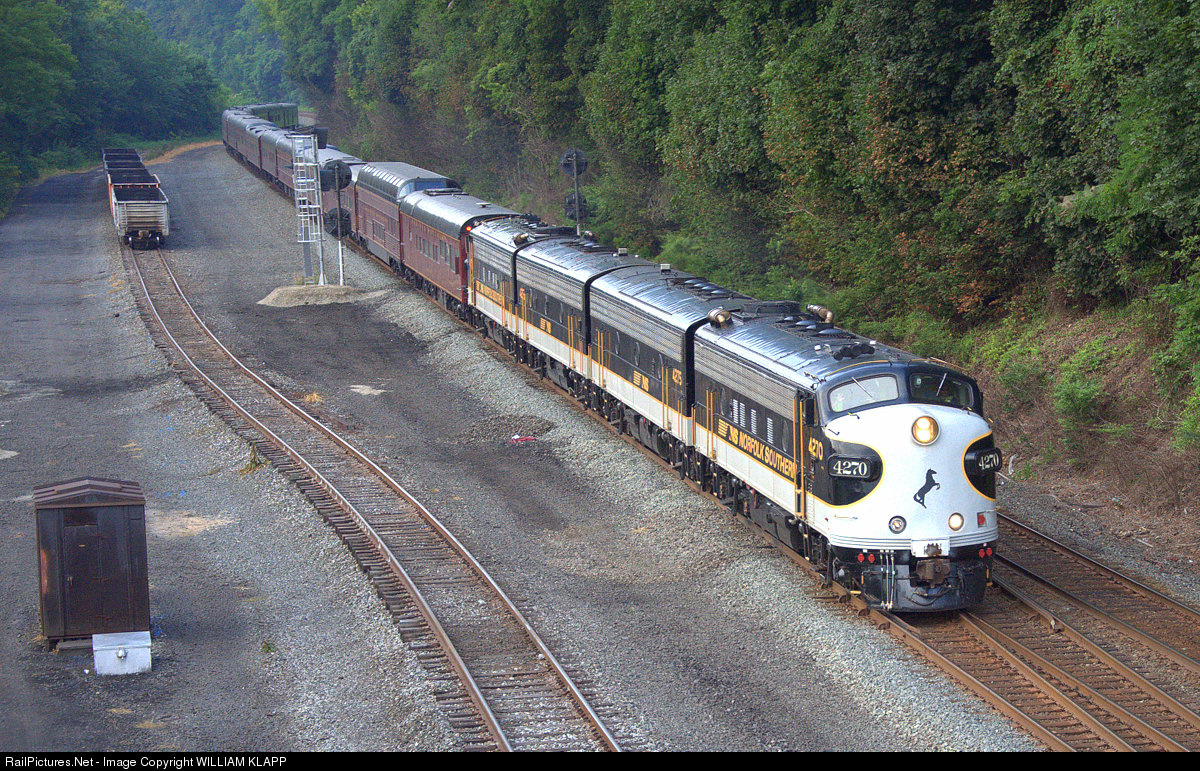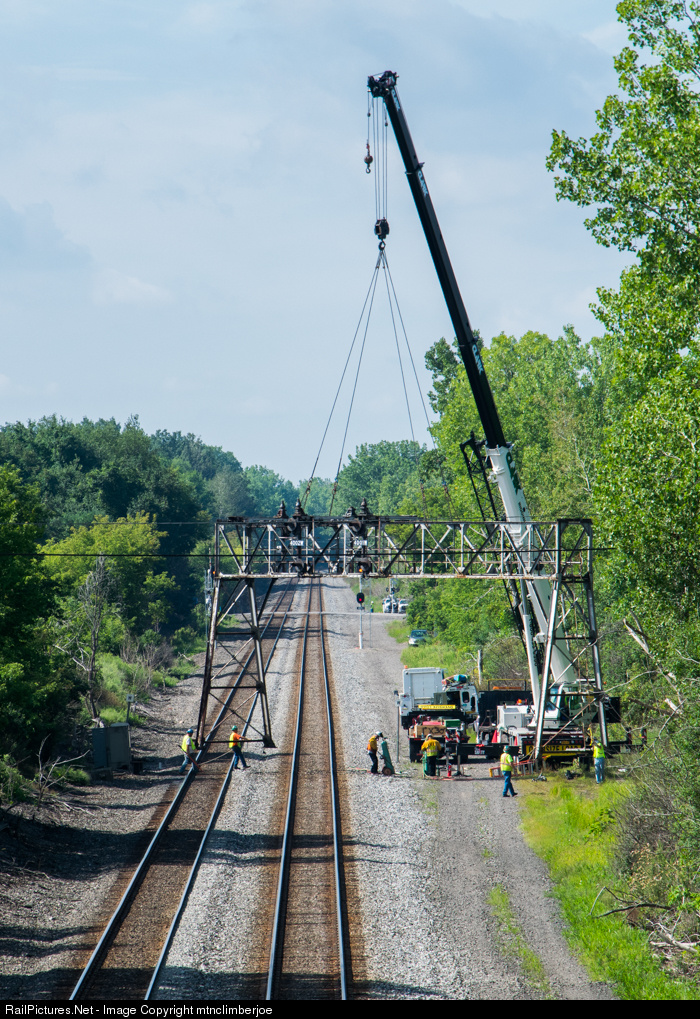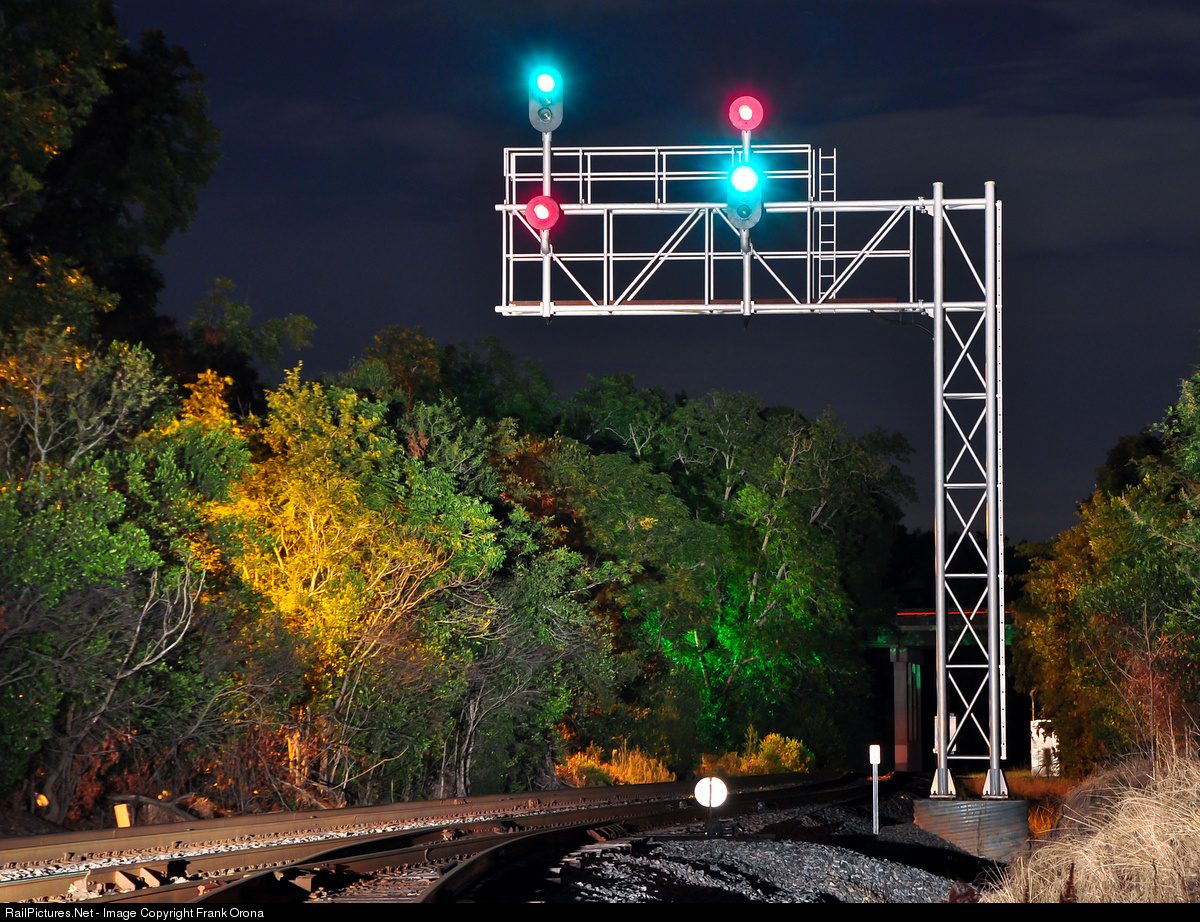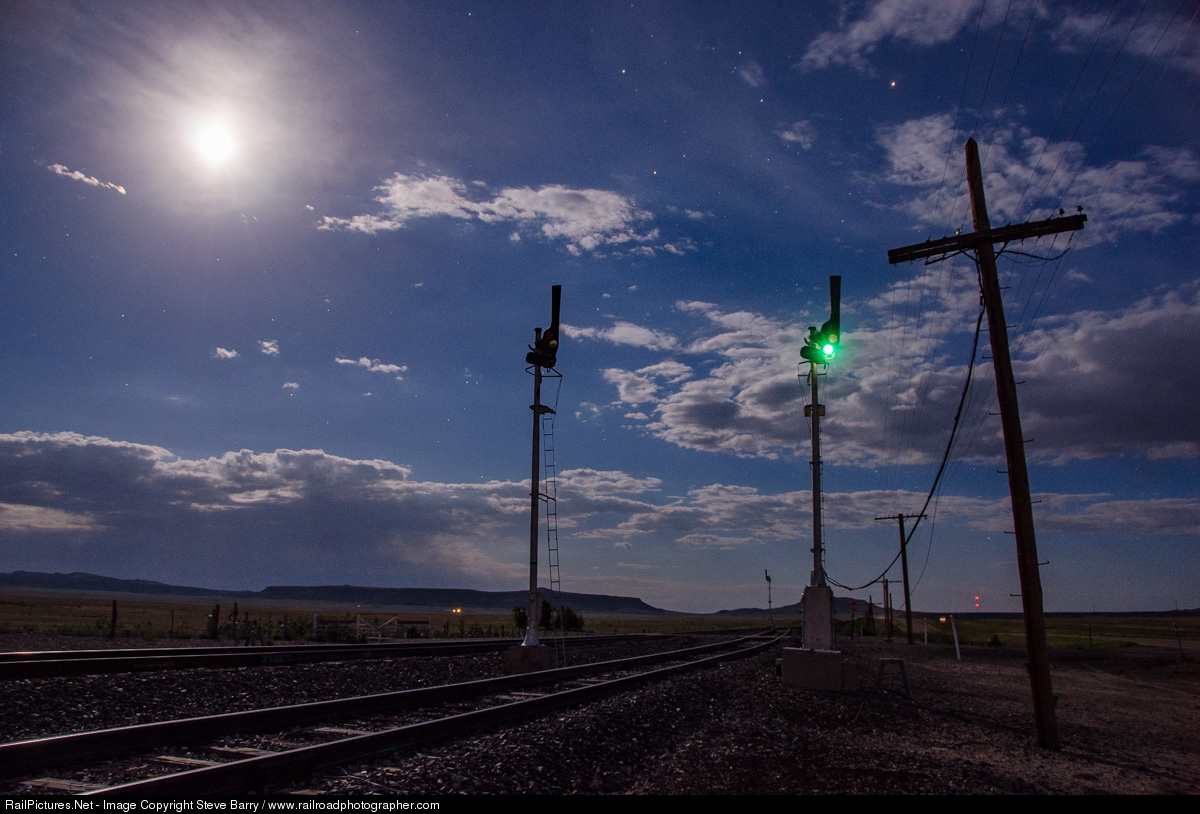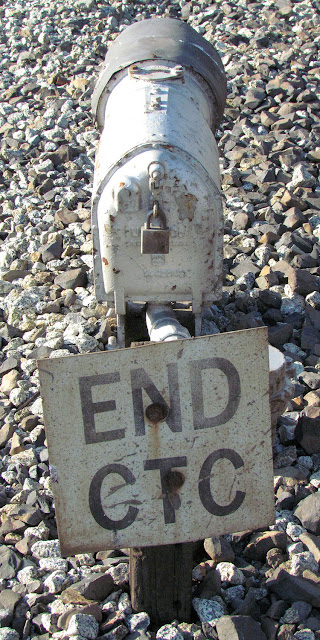- Train to train collisions
- Speed in excess of engineering limits
- Workers in designated work limits
- Open switches
Remember that Hoboken Terminal is already cab signal territory and all the trains are ATC equipped. Despite the news reports that the train was moving at a "high rate of speed", from the condition of the cars it was likely only traveling at 10-15mph, well in accordance with the rules and the permitted speed of the track. If PTC had been present to enforce timetable speeds, no action would have been taken. If the end of track had been set as a positive stop point, yes, that would have stopped the train....and every other train that ever used the station, about 100-200 feet short of the end of the track because that is the safety margin that PTC systems work with. That means every terminal station track in the country would instantly lose two car lengths. Already overcrowded trains would need to be shorter and the net result would be more drivers dying in road accidents.
 |
| Bumper block at Hoboken dating from 1907 when a lot of rolling stock was still made of wood. |
Setting aside the costs of adding PTC to complex terminal interlockings, even if you did something clever like step the timetable speed down to like 5mph, at that point you start running into issues with either slowing trains to unacceptable levels (remember the 100-200 foot buffer zones still apply) or not slowing trains enough enough to prevent a similar accident (ie safety theatre). Why not? Because even at 5-10mph, a modern train would blow right throw Hoboken terminal's 1907 vintage bumper posts shown above. That's right, in this case I am pinning the blame for this accident's drama on bumper blocks that act more like a ramp to launch railcars into the roof than any sort of stopping mechanism.
Here at La Salle St station in Chicago we see a more modern setup with standard bumpers positioned in front of a deceleration zone and finally backed up by a thick concrete wall if those prove insufficient. Other stations, especially those with high level platforms, have sufficient defenses to stop a train traveling at even the full 20mph.
Trains are not elevators. We can't stop every accident and if we try we will only throw more and more money at ever smaller gains. Money that could be spent on new lines and new services that can take people off the roads where over 30,000 Americans die each year.


